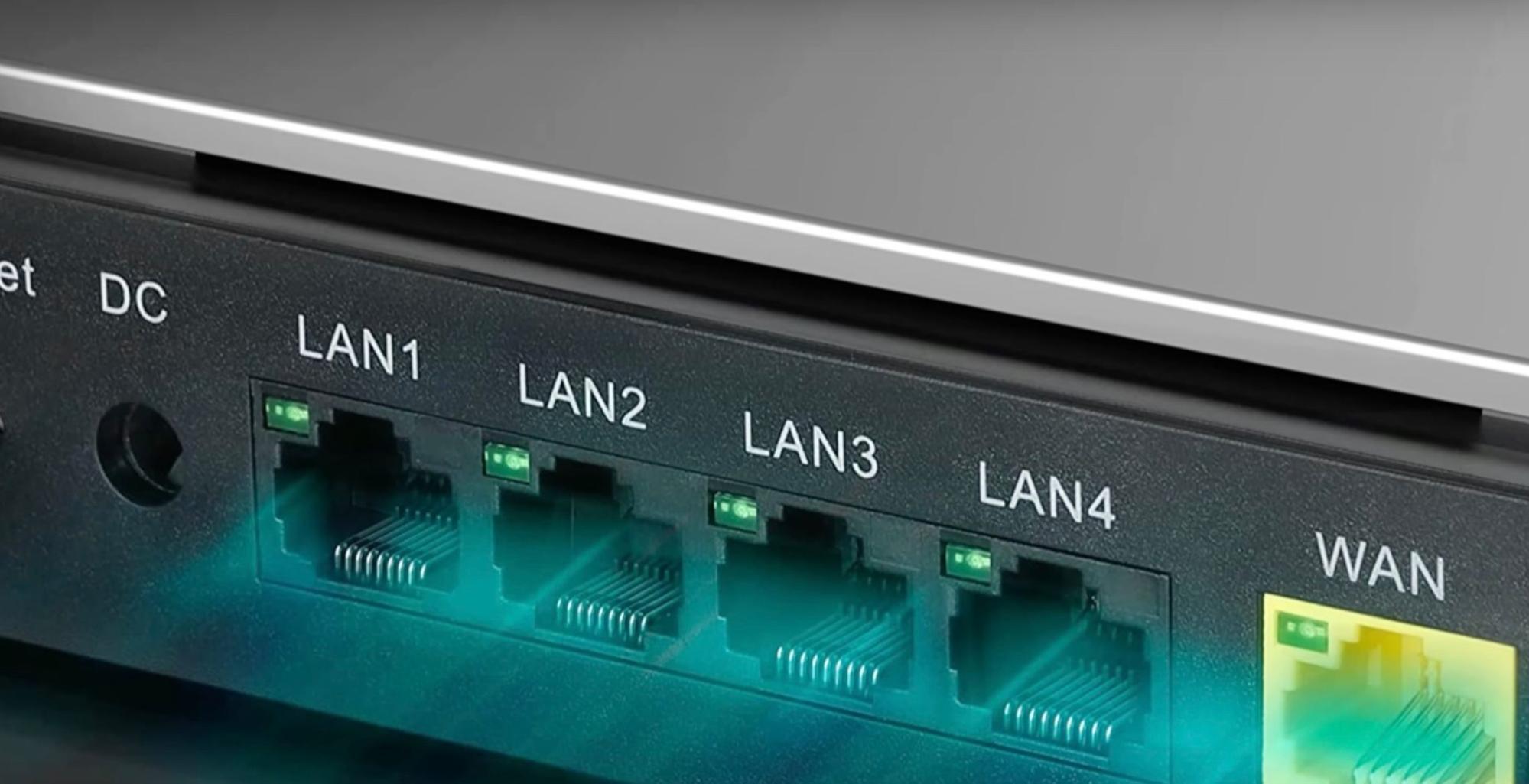Understanding Your Verizon Router
We’ll kick things off by diving into the basics of your Verizon router. It’s a vital piece of machinery that connects your devices to the internet, and its complex features can be daunting at first glance. But don’t worry, we’re here to make it simple!
Firstly, let’s discuss what exactly a router does. Essentially, it’s a device that routes information from your internet service provider (ISP), in this case – Verizon, across all your connected gadgets like laptops, smartphones or smart TVs. Now you might be wondering how it manages all these connections without any hiccups? The answer lies within its intricate design and advanced technology.
Every Verizon router comes equipped with multiple Ethernet ports for wired connections and wireless capabilities for those who prefer a cord-free setup. They also feature something called WPS button – an important little addition that we’ll delve deeper into later on in this article.
Moreover, there are several indicators present on the front panel of your Verizon router which provide real-time status updates about power supply, internet connection strength, Wi-Fi signal quality etc. One look at these lights will tell you if everything is running smoothly or if there’s an issue needing your attention.
Lastly but importantly, understanding how to manage settings through the admin interface is crucial for optimal usage. This includes setting up security measures such as passwords and firewalls to protect against possible threats.
So there you have it: a brief overview of what lies beneath the surface of your Verizon router! In our next section we’ll dive straight into finding out where exactly the WPS button is located on this sophisticated gadget.

What is a WPS Button and What Does It Do
Wondering what that little button on your router labeled ‘WPS’ does? We’re here to demystify it for you. In its simplest form, the WPS, or Wi-Fi Protected Setup, is a feature that allows you to connect devices to your wireless network without having to input a password.
How it works is pretty straightforward: press the WPS button on your router, then press the equivalent button on your device (if available), and voila! They’re connected – no need to remember complex passwords.
Now, if you’re thinking this sounds like a potential security risk – don’t worry! The connection via WPS only remains open for a short period (around 2 minutes). So even if someone was lurking nearby with nefarious intentions, they’d have quite the challenge getting connected in time.
It’s worth noting though that not all devices come equipped with this handy feature. While most modern routers have it built-in, some older gadgets might lack this functionality. But don’t despair just yet; there are alternative methods such as typing in your network’s password or using a QR code for those who can’t take advantage of the push-button method.
Where is the WPS Button on My Verizon Router
We’ve all been there. You’re trying to connect a new device to your Wi-Fi network, and you can’t remember your password. It’s times like these that we’re grateful for the WPS button on our router. But where is it located exactly?
Firstly, let’s clear up what we’re looking for here. The term ‘WPS’ stands for ‘Wi-Fi Protected Setup.’ This little button makes it easy to connect devices to your network without needing to enter your Wi-Fi password manually.
On most Verizon routers, you’ll find the WPS button located at the back of the device. It’s typically small, round and clearly labeled with “WPS”. On some models, you might need to look carefully as it could be nestled amongst other buttons or ports.
Here’s a quick step-by-step guide:
- Step 1: Locate your Verizon router.
- Step 2: Look at the back or bottom of the device.
- Step 3: Find a small button labeled “WPS”.
- Step 4: Press this button when ready to connect a new device.
In case you don’t spot it instantly – don’t worry! Not all routers have an actual physical WPS button anymore. Some newer models may have virtual WPS functionality through their software instead. In such cases, refer to your router’s user manual or online help guides from Verizon for more specific instructions.


